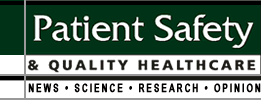 |
 |
 |

March / April 2006

Editor's Notebook
The Joy of Cross-fertilization
By Susan Carr
At first glance, you may have wondered why we have an airplane on the cover of this issue. I hope by now you've seen that we have an article by Dr. Kirk Harmon on how lessons from aviation safety may be applied to medicine; thus the airplane. Harmon conducted some of his research on board the aircraft carrier U.S.S. John F. Kennedy, whose personnel supplied marvelous photographs of flight deck operations.
As I study improvement efforts in healthcare, I'm inspired by the confluence of lessons from other disciplines and industries. My favorite "ah-ha moments" come from this cross-fertilization, which frequently sheds light on the original setting, as well as on the new territory. Here are some examples from meetings I've attended recently and the tangle of stuff on my desk:
- A number of exhibitors at the HIMSS annual conference in February announced products that derive from other industries. Jeffrey Robbins, president and CEO of LiveData, emphasized that it's as important to understand the differences as the similarities when applying technology from one industry to another, as LiveData has done in the "Operating Room of the Future" at Massachusetts General Hospital. If you take technology from somewhere else and simply slap it onto healthcare, you may make things worse rather than better.

- Earlier in February, CRICO/Risk Management Foundation assembled an impressive, interdisciplinary faculty for a 2-day conference called Seize the Moment: Reaching Excellence in Patient Safety. Best-selling author and regular contributor to The New Yorker, Malcolm Gladwell spoke about the vulnerability of expertise. Deftly drawing examples from music, social psychology, and baseball to make his point, Gladwell explained that experts often are not good at diagnosing the sources of their own errors, and their expert performance may easily be affected by circumstances.

At the same meeting, Clay Christensen, professor at Harvard Business School, explained the theory of "disruptive innovation," which he developed to explain changes in the steel and automotive industries. He applied the theory to healthcare during a rollicking question-and-answer period, suggesting that innovations such as decision support technology and outsourcing care to specialized ambulatory clinics are indeed "disrupting" healthcare delivery and perhaps improving safety.

- So far, I have read only the introduction to Patient Safety, a new book by Charles Vincent, professor of clinical safety research at the Imperial College of Science, Technology and Medicine in London (Elsevier, 2006). Vincent says one reason for adding a book to many others on this topic is because "patient safety is a meeting point for a multitude of other topics. The relevant literature is difficult to grasp, being scattered, diverse, and multidisciplinary in nature. Worse still, many of the topics fundamental to progress in patient safety are themselves the subjects of huge literatures and much debate." I look forward to reading Vincent's view of this complex stew of ideas.
|
 |
 |
 |
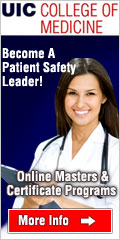

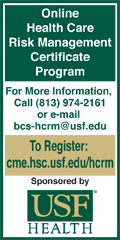



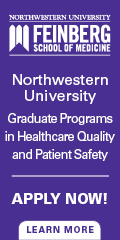

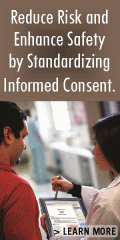

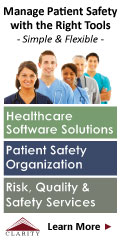







|
 |
